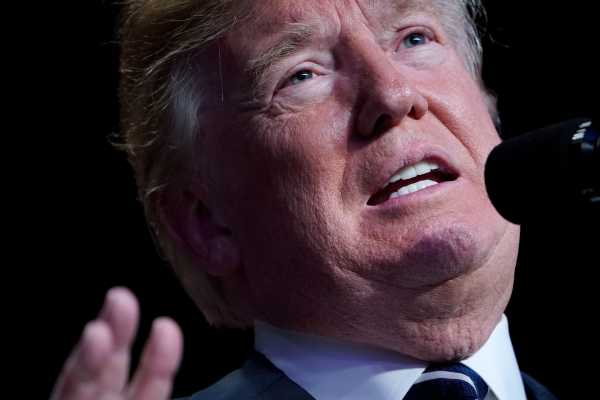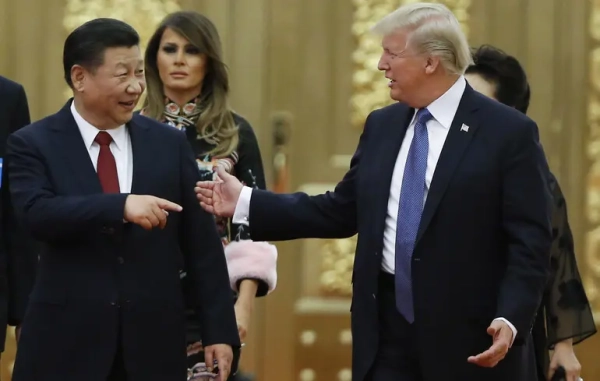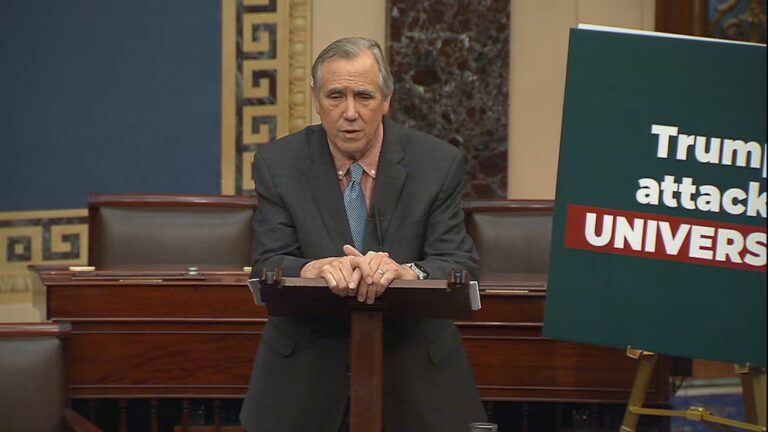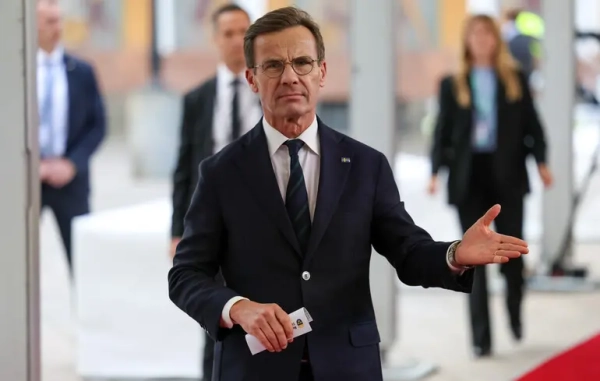
In his State of the Union address, Donald Trump promised an infrastructure agenda that would let America “build gleaming new roads, bridges, highways, railways, and waterways across our land.” The actual infrastructure program he’s unveiling today alongside his fiscal year 2019 budget request, however, is likely to do nothing of the sort.
In part that’s due to the specific elements of the program design. But more fundamentally it’s because of the way the program is financed — or, rather, not financed.
Federal transportation infrastructure in the United States is primarily financed by the gasoline tax that was set at 18.4 cents per gallon in 1993. Over time, 25 years of inflation and steadily increasing fuel efficiency has ensured that the real per capita value of that funding stream has fallen. Trump isn’t proposing to increase that tax to generate the $200 billion fund he’s calling for, nor is he proposing to increase any other tax to do it. But, critically, he’s also not saying the $200 billion can be deficit-financed, the way his $1.5 trillion tax cut or $160 billion military spending build-up was.
He’s just saying the $200 billion should be offset by unspecified spending cuts elsewhere, rolled out in the context of a budget proposal that calls for all kinds of cuts in spending — including at core Department of Transportation and Department of Energy programs that fund infrastructure.
What’s in Trump’s infrastructure plan
Candidate Trump promised a $1 trillion infrastructure plan, and the Trump White House swiftly began talking about a $1.5 trillion plan. But the actual plan rolled out today is what we would normally describe as a $200 billion federal infrastructure plan, deconstructed into four parts:
- $100 billion in matching funds to be made available to states and cities on new, less-generous terms (more on this later).
- A $50 billion rural block grant program that will be doled out to states based on the miles of rural roads and the extent of the rural population that they have.
- Then there’s a $20 billion fund for “projects of national significance” meaning, according to a weekend background briefing with administration officials, “projects that can lift the American spirit, that are the next-century-type of infrastructure as opposed to just rebuilding what we have currently.”
- Another $20 billion would go to federal loan programs that underwrite private financing of profitable infrastructure projects.
- Last, there’s a $10 billion capital financing program that would fund the construction of federal office buildings and similar infrastructure for actual government use.
The key logic of this plan, to the extent that there is one, is that the $100 billion grant program is supposed to generate a total level of infrastructure investment far in excess of what’s currently spent by state and local governments.
Right now, federally funded highways (that’s interstates and other routes) are financed on the basis of an 80-20 federal-state split, and federally funded mass transit projects usually get a 50-50 split.
Trump’s proposal is to flip the 80-20 formula on its head and require that states and cities kick in at least $4 for every $1 in federal money they receive. This vision of a stingier matching formula is defensible — some experts feel that the current formula leads to over-investment in new highway projects with little transportation value — but the White House’s notion that it will lead to an actual surge in state and local infrastructure spending is difficult to support.
States and cities are generally more fiscally constrained than the federal government, not less so. The practical impact of making the matching formula stingier will be to generate fewer new gleaming roads, not more.
This is going nowhere without financing
The particular details of how Trump is proposing to parcel out the money are, however, basically irrelevant because of the White House’s stance on financing the program.
Republican administrations sometimes propose big new initiatives that they want to finance via higher budget deficits. That’s how George W. Bush’s 2001 tax cuts, his 2003 tax cuts, his Medicare expansion, Trump’s 2017 tax cuts, and Trump’s big increase in military spending agreed to last week got done.
It would also be conceivable, in theory, for a Republican administration to propose paying for some new spending with some kind of tax increase, in which case it might lay the groundwork for a bipartisan agreement. In practice, no GOP administration has proposed doing anything like this for decades. The last Republican president to agree to a tax increase was George H.W. Bush, who did so as part of a balanced deficit reduction package that cut federal spending.
Last, a Republican president can do what Trump is doing here — propose some new spending to position himself as favoring action, while insisting that the spending be offset with spending cuts elsewhere in the budget while also not specifying which spending should be cut. That’s a formula for gridlock and inaction.
The really big question about Trump and infrastructure, ever since he won the election, is whether he actually wants to get something done on this or if it was just a campaign line. This proposal answers that question pretty definitively — by mashing up Trump’s vague rhetoric with his staff’s conventional hard-right politics, they’ve landed on a formula with no bipartisan appeal and no actual path forward.
Sourse: vox.com






